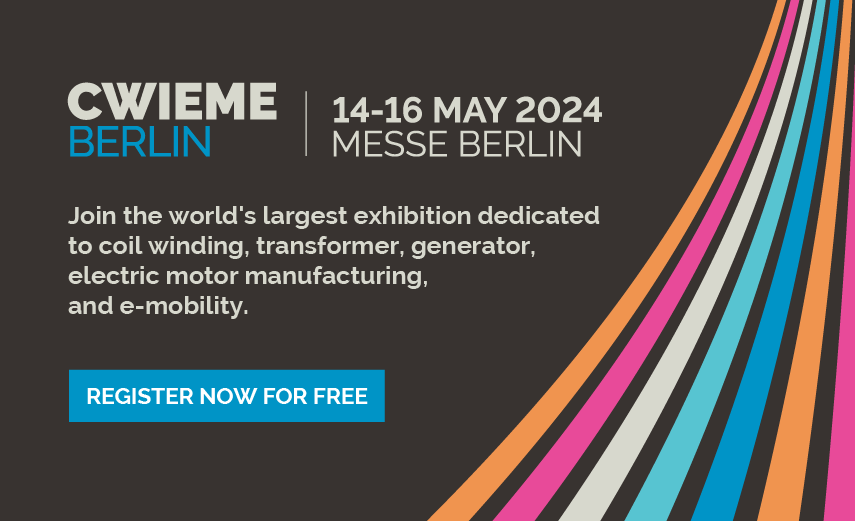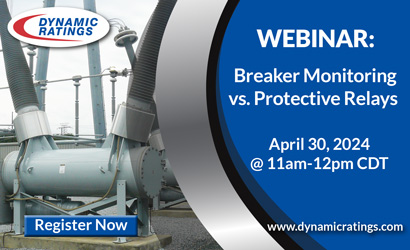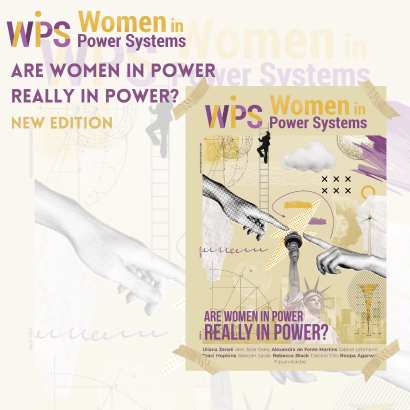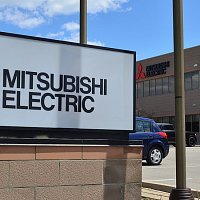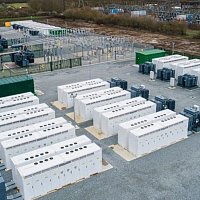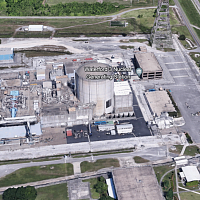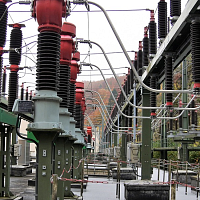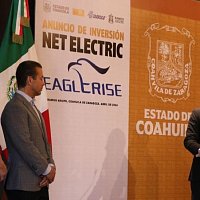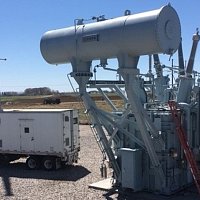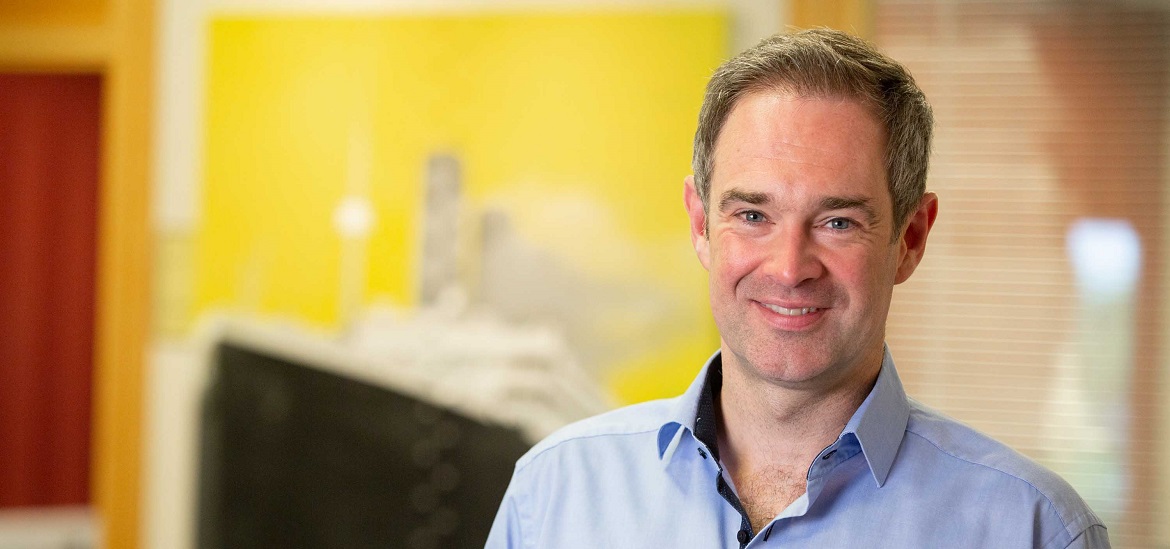
Renewables and sustainability bring with them challenges, and the industry needs to make significant changes in order to meet those needs. We at Camlin believe that we have a significant role to play in that and we are very excited to do that.
Camlin Group, based in Northen Ireland, is a major provider of monitoring products and services, with a focus on optimising railway and electrical power infrastructure. Camlin Power has recently undergone rebranding to become Camlin Energy as the company develops and refocuses to meet the demands of the sustainable energy future. In this interview, Camlin Energy Managing Director Michael Cunningham talks about the company’s present efforts and its vision for the future.
Alan Ross
Michael, Camlin has gone through rebranding and I know that it is not just a marketing move. When I think of Camlin, I think of the double T – trains and transformers – because of your transformer monitoring program. Tell us a little bit about the rebranding of your power group.
Michael Cunningham
We recently went through a rebranding of the asset monitoring portion of the business, moving from Camlin Power to Camlin Energy, which might seem as a relatively minor change. However, we did that because the company is growing from one phase to the next: from a small or medium-sized company to a larger company. We recognized there was a need to restructure and refocus, and we asked ourselves where we are now, where we want to go and why we want to do that. We also recognize that there has been a lot of change happening in the industry. The challenges and the opportunities in the industry over the next decade are huge, probably the biggest challenges since the beginning of the industry in its early days of the design of electrical power as an asset to the society.
Renewables and sustainability, while essential for us all, bring with them challenges, and the industry needs to make significant changes in order to meet those needs. We at Camlin believe we have a significant role to play in that and we are very excited to do that.
I am the COO of the Camlin Group, but I also run the Camlin Energy space. Apart from ‘trains and transformers’, there were a lot of other areas that we were involved in, and we still are, but we carved out Camlin Energy into a separate entity to allow the dedicated focus on the energy sector. In addition to this refocusing, we recognize that to create that focus and to play our part more fully, we have to become more than just a supplier of boxes of monitoring devices; of DGA, partial discharge or circuit breaker monitors. We are creators and providers of solutions.
What really was involved here was going on a journey with customers. To be able to do that, we needed to be sure that we had all the right layers of expertise in place, and that those layers of expertise were aligned to provide value. This requires a very clear vision of what our customer’s journey and the industry’s journey is going to be like over the next decade. The restructuring and rebranding is all part of that.
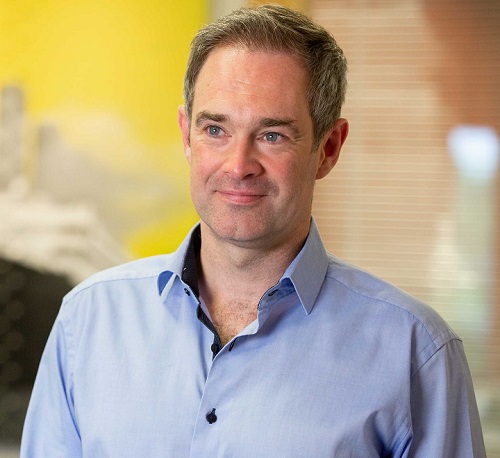
AR
Everything is changing, you are exactly right. In North America, we used to have a step-down grid, but according to the new FERC requirement No. 2222, utilities have to take the power generated anywhere within their grid, regardless of the cost. We have the electrification of transportation, batteries, a change in capacitance. What is not changing is the confusion of the engineers in the marketplace, especially the older ones like me. We wish good luck to the next generation and hope they figure it out. So, thank you for doing what you are doing and Camlin.
It sounds like starting the innovation process starts by questioning what you are trying to accomplish. Why are we trying to do it? I speak with a lot of different people in the industry, and I hear them say, I wish we knew how to get all of this to work together. How are you going to affect that at Camlin Energy?
MC
You touched on something that I could completely agree with when you mentioned the reasons for change. Whenever we were going through the refocusing process, it would lead us right back to the beginning, and we would ask ourselves some very fundamental questions. We are very excited to create the company based on a very defined Purpose and Vision, along with a clear set of core values, and then build everything from that.
Our purpose is to ‘engineer better futures’. And then our vision is to ‘optimize the critical infrastructure all around us’ – the very infrastructure on which society depends. So, we go back to the theme of transformers and trains (laughs). If we are to optimize that, what are our values? One of our values is that we don't accept the way it has always been done. That is at the core of the innovation that we have always been aiming at.
The phrase that we use, which we didn't invent, but it resonates with us is: “What got us here, won't get us there.” We recognize that the models, the methodologies, the diagnostics, the tools and the working practices that the industry is going to need in the next decade are not necessarily the ones that were created a decade ago. This is not a digital switch that can affect all the changes required, but a multidimensional journey over a significant period of time. But there isn't time to waste.
We recognize that the models, the methodologies, the diagnostics, the tools and the working practices that the industry is going to need in the next decade are not the ones that were created a decade ago.
The industry is going to need new technology, new ways of thinking, new analysis, new models and all of this in a collaborative feedback loop that is going to enable the industry to ultimately serve society's needs.
When my friends ask me, what do you actually do? and I try to describe it, their eyes just glaze over. How do you think we get electricity? Do the kilowatt fairies just turn the lights on? There is a whole industry that I am extremely proud to be part of. It is propagated by well-intentioned, intelligent, hardworking people. I am talking about utilities and technology providers, even competitors of ours. The reason I am proud to be part of this is that what we do makes everything else possible. All the changes that are happening, and the sustainable future that we all require are impossible without the electricity industry being at the very core of that. With the electrification of heat and transportation, and the road to net zero, the burden is falling on a relatively small number of people in the industry. For us to be part of that, is tremendously exciting. It is a privilege to be doing something important, even though most people don't understand it, and think perhaps that the kilowatt fairies still do their job (laughs).
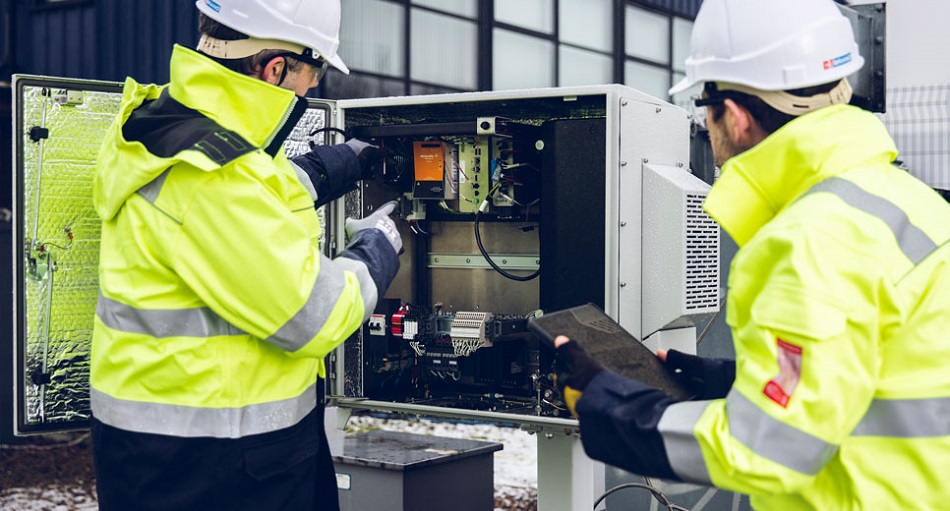
That is the way I look at it, and that is what I try to describe to people. It is important to understand those big moving pieces and then to be able to hold that vision in your head; that 30,000-ft view of where we are going and why; then to be able to build our team and our layers of value to help that journey. There will be challenges down the line, but we all are in this together. As the technology and the methodologies need to progress, we need to grow and progress as well. The Camlin rebranding and refocusing is part of that.
Networks and asset management are going to crash together over the next few years. It is going to require rethinking, data collection methods that are currently in their infancy, and data analysis using new tools such as machine learning.
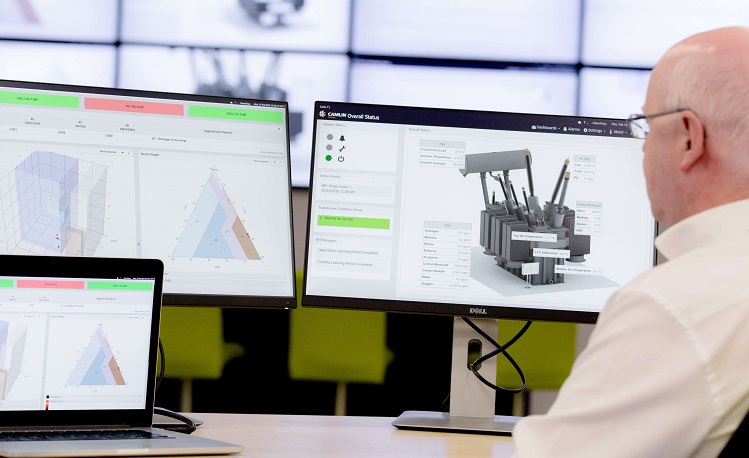
AR
That is a powerful answer. I think that people in the industry are going to get the message that Camlin will meet them where they are and help them figure out where they are going. One of the situations that we have today is the electrification of transportation. Very few people understand what that's going to do to the world. Lithium mines are multiplying, green energy has its benefits, but there is also the issue of used batteries. Being in business with railway infrastructure, I would like to find out how Camlin Energy looks at the electrification of transportation from the energy perspective.
MC
You are right, we are heavily involved in the electrification of transportation from a couple of different angles. On the Camlin Rail side, we are heavily involved in the railway industry. But if we focus primarily on the power side, there are two primary aspects – assets and networks. On the networks side we have also got a very large role, primarily in the U.K., with the distribution network operators.
The mass uptake of electric vehicles, to give just one example, is having a huge impact on the electric industry, and we are working to create network management systems that facilitate that. If it is not done correctly, the investment for network strengthening is beyond budget capability. We have got to work in ways that simply don't exist at the moment. That is something that our UK team is working very heavily on and is tremendously exciting.
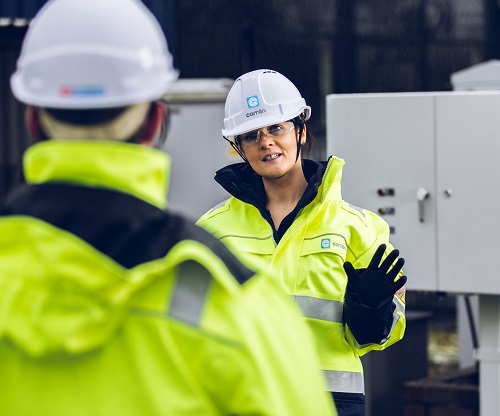
But there is one thing that is coming. My experience in the industry has been that network management on one side and asset management on the other side are quite separate – it is almost “never the twain shall meet”. They have got different methodologies, different languages, they use different mathematical tools.
But they are going to increasingly crash together over the next years. There are new models and there is rethinking required, both in networks and in asset monitoring. It is going to require data creation and collation methods that are currently in their infancy, and data analysis using new tools such as machine learning.
What is crucial is the expertise, the knowledge of the assets and the knowledge of the networks to know what this data is saying.
When we talk about different voltage levels, the mass onboarding of wind energy, both onshore and offshore, creates disturbances on the network that are significant and also largely unknown. The impact of those disturbances on assets is also significant and largely unknown. What that means is as the network parts of utility change, evolve and take these necessary steps, the asset management side of the business is going to have to change as well.
They have got models about probability analysis and risk mitigation that they have evolved and improved over the last 20, 30 years. But does the maths stack up? I would hazard a guess that it probably won't, but we don't know yet. In order to understand that over the next decade, we as an industry are going to have to create and deploy new models. The assets and the networks are either going to come together in a controlled fashion or they are going to come together in an uncontrolled fashion; but they are coming together.
We at Camlin Energy have a part to play; we can help because we have got the hardware creating he right data both in the networks and in the assets. We have got the data collation and diagnostics, the AI machine learning and crucially the expertise to understand these new insights. We also partner and work with others on this journey, refining and improving existing models, and creating new models and methodologies that are necessary.
That journey can be taken in a controlled fashion. It is back to the point of “What got us here won't get us there.” The pace of change is accelerating to such a degree that the pace of the previous 50 years of change in the industry just won't work. That is what we are trying to do at Camlin with this reorganization. We need to be ready for this journey. We know what all the dots are, but the challenge is to get the right people together and connect those dots. That is one of the single most exciting and most challenging aspects of the next 10 years.
AR
Michael, it has been an incredible opportunity for us to talk about the future. I love the fact that you used the word purpose when you talked about the rebranding at Camlin Energy. As the world changes rapidly around us and we change with it, it is important to remind ourselves of why we are doing what we are doing. “What got us here won’t get us there”, but it will be all the more exciting to follow you on your journey and see where and how Camlin Energy will go from here.





